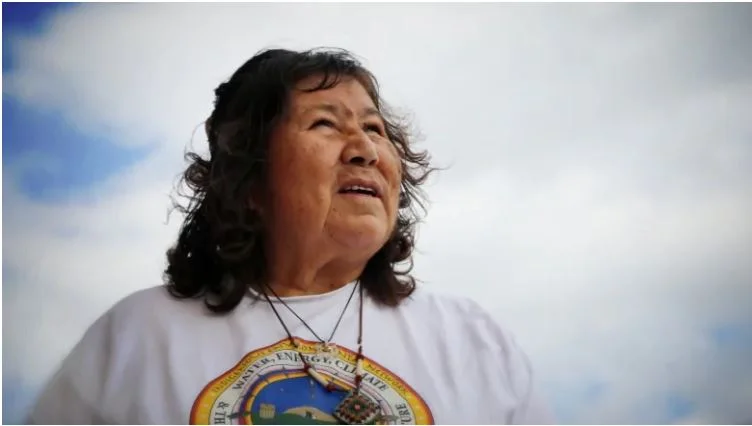An entourage of Canadian coal mining executives pressed into the Lincoln County commissioners’ conference room last week to deliver promising news for Lake Koocanusa, the 80-mile long reservoir that straddles the U.S.-Canada border in Montana and British Columbia, and which has been at the center of both statewide and international efforts to reduce transboundary environmental pollution for more than a decade. “Selenium levels in the Koocanusa Reservoir are safe,” according to a PowerPoint slide summarizing a March 30 presentation by representatives of the global mining company Teck Resources, who made the trip to Libby to deliver the news in person.
Laced with fear: why some Ontario First Nations don't trust tap water or eat the fish
Water is something most Canadians take for granted. We have so much of it, it's no wonder. Per capita, our country has the world's third-largest freshwater reserves, but yet in many Indigenous communities, water can be difficult to access, at-risk because of unreliable treatment systems, or contaminated. That's the case in Delaware First Nation, an Indigenous community of about 500 people an hour southwest of London, Ont., a place where fishing was everything 60 years ago.



